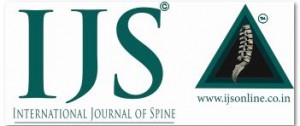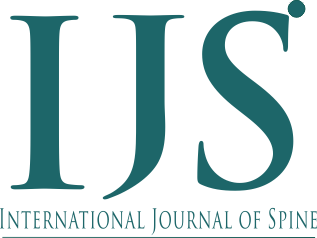Management Of Thoracolumbar Fractures in Adults: Current Algorithm
Volume 4 | Issue 2 | July – December 2019 | Vibhu Krishnan Viswanathan, Rishi Mugesh Kanna | Page 10-19
Authors : Vibhu Krishnan Viswanathan [1], Rishi Mugesh Kanna [1]
[1] Department of Orthopaedics, Ganga Hospital, Sai Baba Colony, Coimbatore, India.
Address of Correspondence
Dr. Rishi Mugesh Kanna,
Spine Surgeon, Ganga Hospital, Sai Baba Colony, Coimbatore, India.
E-mail: rishiortho@gmail.com
Abstract
Thoraco-lumbar (TL) fractures are the most common sites for spinal injuries. The severity of these injuries can range from minor, un-displaced fractures amenable to conservative management to highly complex, unstable fractures requiring surgical interventions. There is still considerable ambiguity on various issues related to the management of these vertebral injuries. The current article addresses several crucial questions related to the management of TL spinal fractures. An elaborate search was performed on standard medical search engines including pubmed, google and medline databases using keywords “adult TL fractures”, adult thoracolumbar fractures”, “adult thoracolumbar injuries”, “adult thoracolumbar spinal injuries”, “spinal injuries” and “spinal fractures”. Based on this comprehensive narrative review, we have discussed the key consensus of the existing literature on various aspects of management of these fractures. Currently the most useful system for defining TL fractures is the AO classification system. The best initial imaging modality is computerize tomography (CT) scan, with magnetic resonance imaging (MRI) being the most useful modality in AO type B2 injuries. All patients with AO types B and C injuries require surgical intervention. The current literature is shifting in favor of posterior approach, in view of less complications and morbidity associated with these surgeries. The role of decompression in enhancing neurological recovery and the need for surgical fusion in addition to instrumentation in TL fractures are still controversial. The current literature is strongly against the use of high dose steroids in acute TL fractures with SCI.
Key words: Thoraco-lumbar fractures, AO Spine classification, Imaging modalities, Fracture fixation
| How to Cite this Article: Viswanathan V K, Kanna R M | Management of thoracolumbar fractures in adults: Current algorithm | International Journal of Spine | July-December 2019; 4(2): 10-19. |



